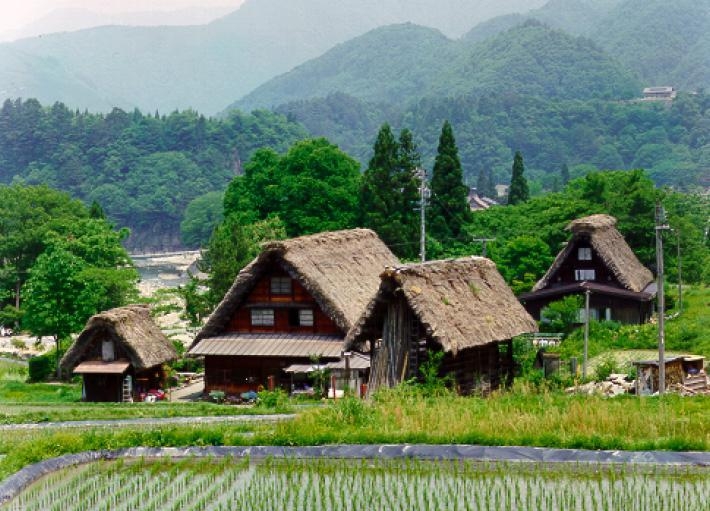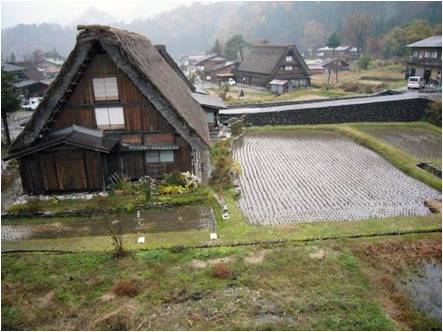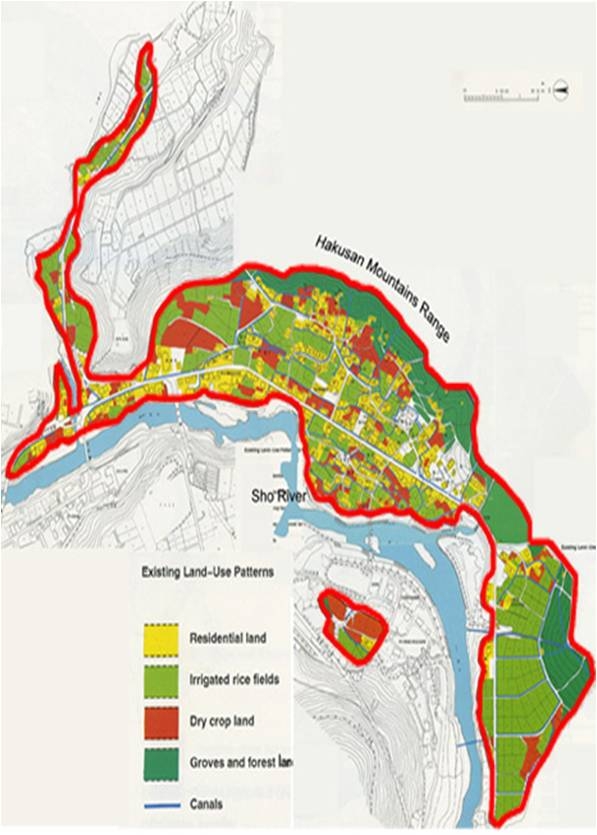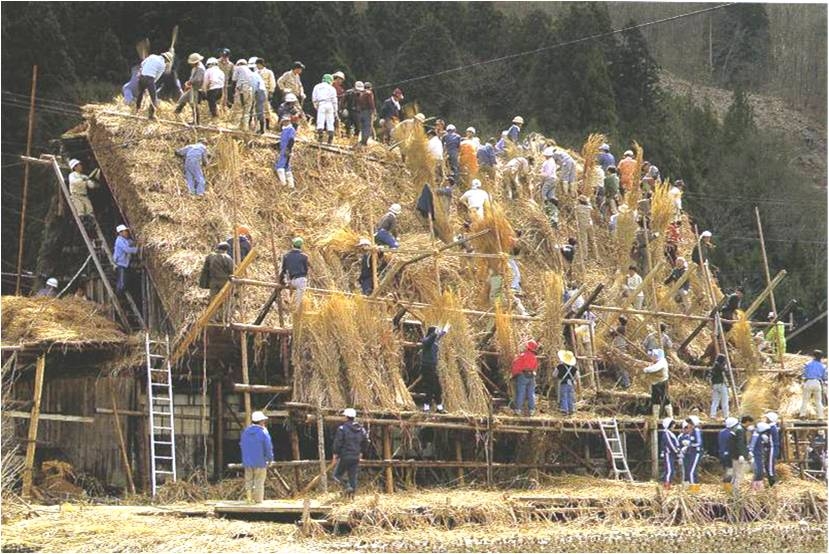| Social Conservation of Ogimachi Village, Japan |
| Author:KONG Ping PublishDate:2013-02-26 Hits:10890 |
Being a World Heritage Site, Ogimachi village welcomes nearly 1.4-1.5 million visitors per year within a district of 45.6 ha. The main problems caused by mass tourism in Ogimachi village include litters, risk of fire, traffic and parking, leading to a deterioration of the physical environment, and disturbance of residents’ privacy, abandoning farmland and commercial industries, resulting in the degradation of social quality. However, Ogimachi village achieved a certain balance between tourists’ requirements and social quality through higher levels of autonomous engagement of local residents, who play an essential role and take different actions in line with the governmental legal framework.
As designated as ‘Important Preservation District for Cultural Properties’, traditional residences, historic structures and the surrounding landscape are regarded as one valuable entity for preservation (Article 142 of the Law for Protection of Cultural Properties, enacted in August, 1950 and revised in July 1975). The applied Law sets very strict regulations with regards to changes and modifications of the façade, form and land-use as well as other tangible components attached to the settlement in order to present its complete and harmonious values, such as trees, fences, gardens, yards, routes, walls and stairs. Meanwhile subsidies are available for restoration and repairs of the mentioned elements and corresponding punishment for any violations. The national law implemented by the Board of Education laid down a firm basis for the preservation of physical environment.
The participation of local residents in the conservation of Ogimachi village relies on its unique social system composed of various cooperative social associations. In ‘Association for the Protection of the Natural Environment of Shirakawa-go Ogimachi Village’ (APNESOV), there are 25 representatives, 4 to 5 are from the national government, local authorities and companies, the rest are local residents. They represent residents living in different neighborhoods, the women’s association, the young men’s association, association of Gassho-style houses’ owners, the association of local products and souvenir shops, and the association of Minshuku.
The various associations improve the sense of participation and control of their home environment. The local associations offered diverse job opportunities and responsibilities for residents, who could participate in the conservation as well as tourism development in an active way and achieve high economic security.
|
- News | WHITRAP Shanghai and CNR-ISPC bilateral meeting
- News | WHITRAP meets Cité de l’Architecture et du Patrimoine
- WHITRAP Hosting "Workshop on Preliminary Assessment for National Focal Points of the Asia Region" in Chengdu
- WHITRAP Shanghai meets UNESCO
- INTERNATIONAL CONFERENCE PRELIMINARY ANNOUNCEMENT & CALL FOR PAPERS
- Observation of the 46th Session of the World Heritage Committee
Copyright © 2009-2012 World Heritage Institute of Training and Research-Asia and Pacific (shanghai)






